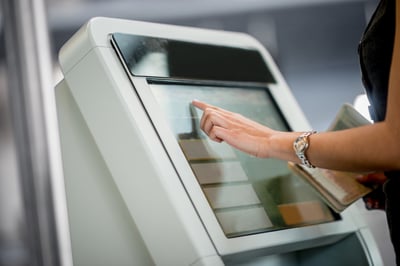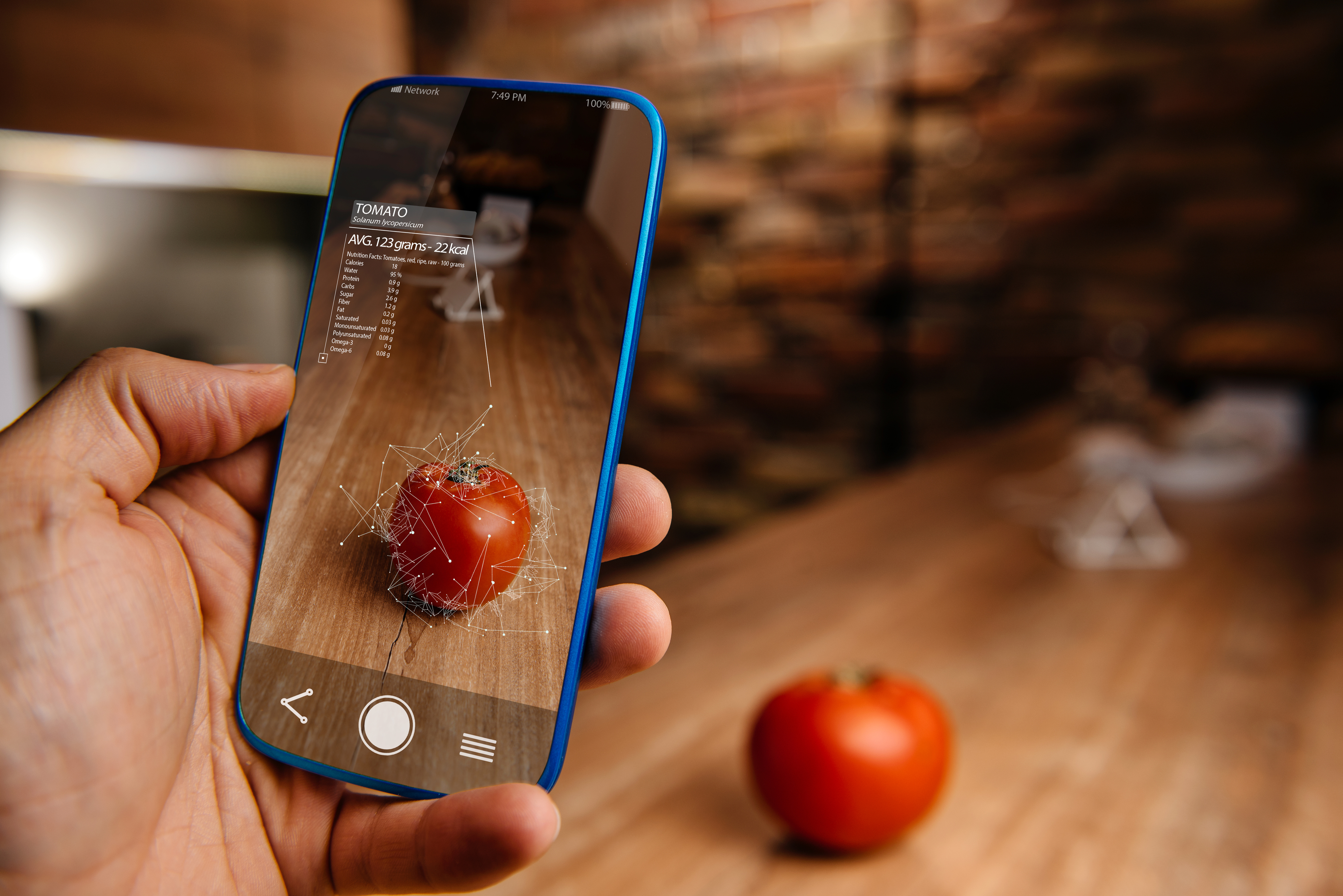

Consumer demand is a powerful market driver across all industries.
In the technology world, consumer demand for a highly personalized online experience, advancements in mobile device technologies, and evolving market conditions have all led to augmented reality (AR) becoming an even more significant development.
Why? Augmented reality enhances the online shopping experience. For those who don't know, augmented reality is a type of technology where digitally created images and real-world images are combined to show a real-world picture with top digital layers.
A common example of this would be the lines shown when watching a football game on television that don't actually exist on the field.
For e-commerce, AR personalizes online shopping, making it interactive while boosting customer satisfaction and increasing stores’ conversion rates. The technology, known as augmented reality marketing, can enhance the online shopping experience, bringing features that are particular to brick-and-mortar stores to your smartphone device.
The augmented reality market is projected to generate $70 to $75 billion in revenue worldwide by 2023.
A study conducted by The Boston Consulting Group estimated that more than 80 million people in the United States engage with AR at least once a month; the revolutionary technology primarily attracts millennials (aged 19 to 34).
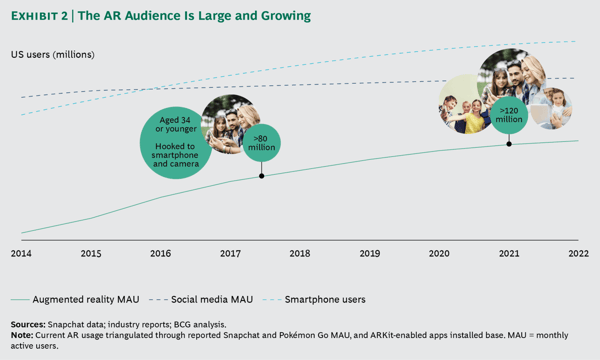 Source: Boston Consulting Group
Source: Boston Consulting Group
The retail sector is among the most competitive industries. Even most niche-specific businesses have to struggle for a place in the market.
This makes the process of customer acquisition particularly interesting, as the companies are always challenged with finding new and engaging ways to persuade customers. This is where AR steps in with all its benefits. Here are a few ways AR can benefit e-commerce.
Leveraging AR technology, customers can use their mobile cameras as a window to engage with interactive digital scenes in the physical world. Online retailers are now striving to deliver blended shopping experiences to their customers in more familiar and personalized settings. Through mobile AR, they create interactive 3D scenes that bring products to life in front of them.
Today, companies are confronted with engaging an increasingly fickle audience no longer interested in viewing a 30-second-long advertisement. The coveted millennials desire experience and interactivity when it comes to engaging with a brand.
As a consumer, they want to know where the products come from and look forward to connecting with the products on a deeper level than prior generations. Considering the fact that millennial buying power is predicted to be $1.4 trillion by 2020, acquiring their loyalty is the key.
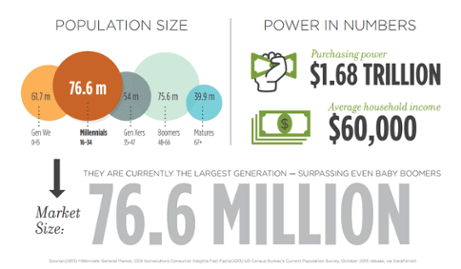 Source: blueport
Source: blueport
Leveraging AR for branding and marketing campaigns has a strong appeal because of its immersive nature and playful potential. Brands can enhance their ability to convey a story using AR.
Several online businesses struggle to acquire new customers and retain old ones. AR can help deal with this problem.
By enabling consumers to experience your products or services in the augmented environment, businesses can successfully overcome several pain points that hinder purchases.
Shoppers will be able to interact with the product or service in AR and be more likely to complete the purchase process. In addition, AR experiences have a higher possibility of being shared on social media, which further helps brands get noticed by potential customers.
Here’s a look at some of the many ways in which AR technology can be used in e-commerce.
|
Related: Learn about 13 innovative augmented reality examples you can find in everyday life, even outside of the e-commerce sphere. |
Online try-on solutions are incredibly famous as the fastest emerging technology in the e-commerce world. Facial recognition software, Pupillary Distance (PD) measurement, 2D to 3D imagery conversion, and virtual try-on capabilities together create a near life-like experience.
These applications drive cross-channel web traffic and attract consumers seeking enhanced shopping experiences. From the shopper’s perspective, virtual try-on solutions are revolutionary solutions for retailers dealing in jewelry, eyeglasses, shoes, clothes, and more.
One of the most recent examples of leveraging virtual try-on solutions is Nike’s try-on shoe app, launched in May 2019. This new AR feature enables online shoppers to find the best size shoe without visiting a physical store or trying on a physical shoe. The feature measures the size, shape, and volume of feet, and then recommends the perfect size.
Following Nike, Gucci also released its try-on solution, enabling app users to see the Ace Sneakers on their feet in real-time. Shoppers can look at any shoe from various angles, take pictures, and share on social media.
This is how an AR-enabled virtual try-on feature helps online shoppers make informed buying decisions for a variety of products – including clothing, cosmetics, shoes, accessories, and more.
This helps brands better manage their customers' expectations and boost satisfaction rates, and it eventually eliminates the costs of product returns from unsatisfied shoppers, which drives brand loyalty and promotes sales.
Similar to virtual try-on solutions, preview placement is a game-changing solution for retailers dealing in furniture and home décor. It allows a shopper to visualize how a particular product would look within their own home or office space so that they can make better choices.
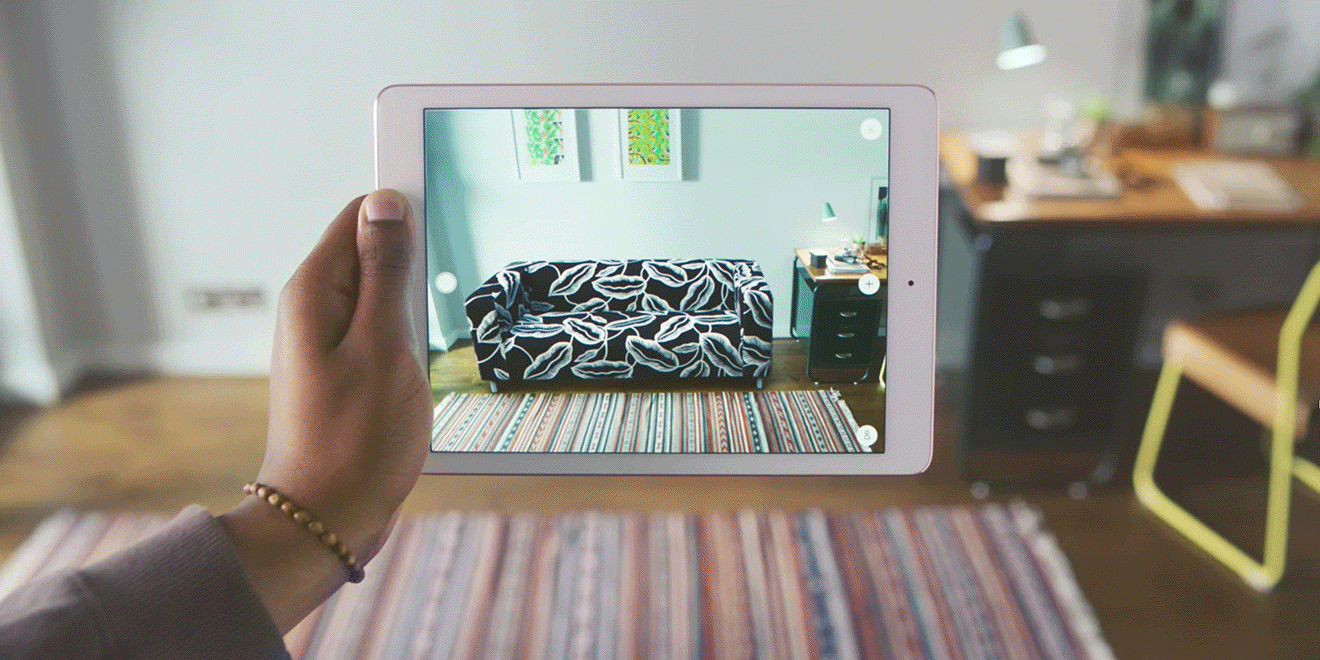 Source: Pinterest
Source: Pinterest
The AR feature renders a unique experience to the shoppers by giving an increased sense of ownership that no physical store can offer. Plus, it helps customers save time by allowing them to visualize how the product will look and fit in a space.
They can overlay, move, and rotate items in a live camera view mode. Naturally, the feature results in higher customer satisfaction.
IKEA and Amazon both have AR apps that allow shoppers to preview products in their preferred setting; all a customer needs is a smartphone. The next step would be using the camera and selecting products from the store’s catalog to see how the item would appear in their own homes.
Finding the right size when buying wearable products online has always been a challenge for customers. Considering sizing across various brands, picking the most accurate size can be very confusing for online shoppers.
Online clothing sales presently witness a 20 to 40 percent return rate. Nearly 77 percent of online shoppers say they returned their products solely because of poor fitting. Further, 58 percent of shoppers say they would buy more clothes online if they are assured of the accurate body fitting.
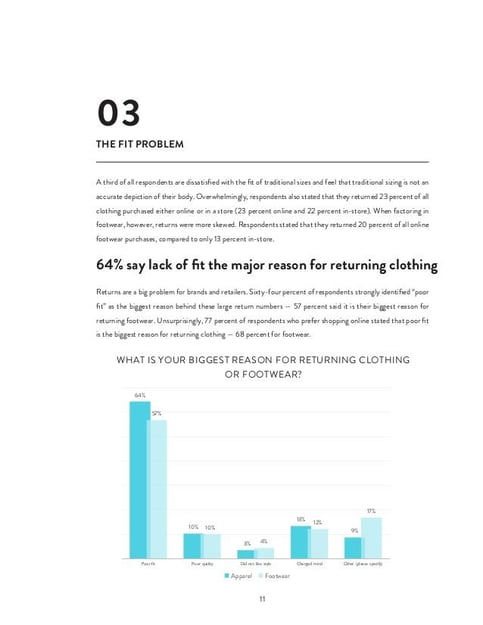 Source: slideshare
Source: slideshare
Body Lab cites poor fit as the most common reason consumers return apparel and footwear purchased online. The body measurement app aims to assist shoppers with the most accurate virtual measurement and body fitting. This revolutionary app uses augmented reality to enable online shoppers to try a product that best fits their body before they buy it.
The emerging technology has a huge potential for both shoppers and sellers. Shoppers can find the perfect fit for their bodies, and retailers gain from significantly reducing product returns and long-term connections with their customers.
Acustom Apparel is one of the e-commerce brands nailing the body measurement app technology. The company has a proprietary process allowing shoppers to receive a private digital body scan in the physical store.
For the measuring process, they collect 2 million data points related to the customer’s size. Afterwards, shoppers work with a dedicated personal stylist to customize their clothing so that everything fits perfectly.
Approximately 95 percent of customers read reviews before buying a product, and 72 percent of shoppers don’t make a purchase until they have read reviews.
This suggests that buyers are now extremely cautious when buying online; they don’t make a purchasing decision until they are sure about the quality and usability of the product.
As a result, online retailers require a system that can dispel all doubts buyers may have. AR user manuals exhibit the procedure of reading product manuals in an interactive way, using a comprehensive step-by-step virtual guide.
Shoppers who frequently use smart devices can quickly go through every detail of the product the manual has been prepared for. AR manuals reduce the product evaluation time while cutting out the potential risks associated with buying products from an e-commerce store.
Combining an immersive 3D experience with AR technology, these interactive user manuals enhance the shopper’s product understandability. The manual scans the product and indicates all useful features and instructions virtually.
Walker Sands 2016 Future of Retail Study examined the shifts in consumer behavior through a survey of 1,400 shoppers in the United States. It found out that several consumers preferred in-store experiences over buying products online.
This trend has a lot to do with convenience, as physical stores have products displayed in neatly organized shelves and aisles.
Augmented reality helps overcome this challenge, creating an online shopping experience that mimics shopping in a physical store. The retail aisles, or virtual product aisles, use a mobile app to create a virtual shelf with a wide assortment of products.
The shelves are projected on the wall of a shopper’s living room. The shopper then explores the products on the shelves by merely pointing and clicking on the item to get more details and proceed with the purchase.
There are numerous brands, both big and small, that have already leveraged social media apps to take their marketing campaigns to the next level.
Taco Bell is a great example; the fast food restaurant chain has been using it for three years. It used it to launch Quesalupa as a part of its Super Bowl campaign in 2018, and it also launched AR-powered marketing campaigns through its geofilters to arrange some events around the launch of Quesalupa.
In this way, the brand created user-generated content, which was later used for word-of-mouth marketing and online endorsements. Brands also promote such content to drive traffic to their e-commerce stores.
Augmented reality is revolutionizing the way we interact with our surroundings. The technology offers a completely new dimension to explore with digital imagery and content superimposed on our immediate physical surroundings.
While AR is still quite new, the pioneers of the e-commerce world have already realized the tremendous potential of the technology and how it can transform online shopping.
Start implementing augmented reality software into your brand's marketing campaign to increase sales today.
Ralf is a digital marketing expert and tech blogger, he writes about the latest news on marketing and mobile technology. He currently works at WhatPhone as a content manager and his writings can be seen on several publications aimed at the IT industry. He is also into photography and loves taking pictures when free.
Is there a more difficult challenge for businesses to provide in today’s marketplace than...
.jpg?width=400&height=150&name=jonathan-bentz-2018%20(1).jpg) by Jonathan Bentz
by Jonathan Bentz
Exceptional customer service is an absolute must today.
 by Maryia Fokina
by Maryia Fokina
Humans like to feel in control.
 by Cristina Maria
by Cristina Maria
Is there a more difficult challenge for businesses to provide in today’s marketplace than...
.jpg?width=400&height=150&name=jonathan-bentz-2018%20(1).jpg) by Jonathan Bentz
by Jonathan Bentz
Exceptional customer service is an absolute must today.
 by Maryia Fokina
by Maryia Fokina
Never miss a post.
Subscribe to keep your fingers on the tech pulse.



